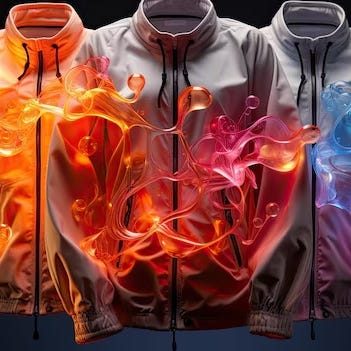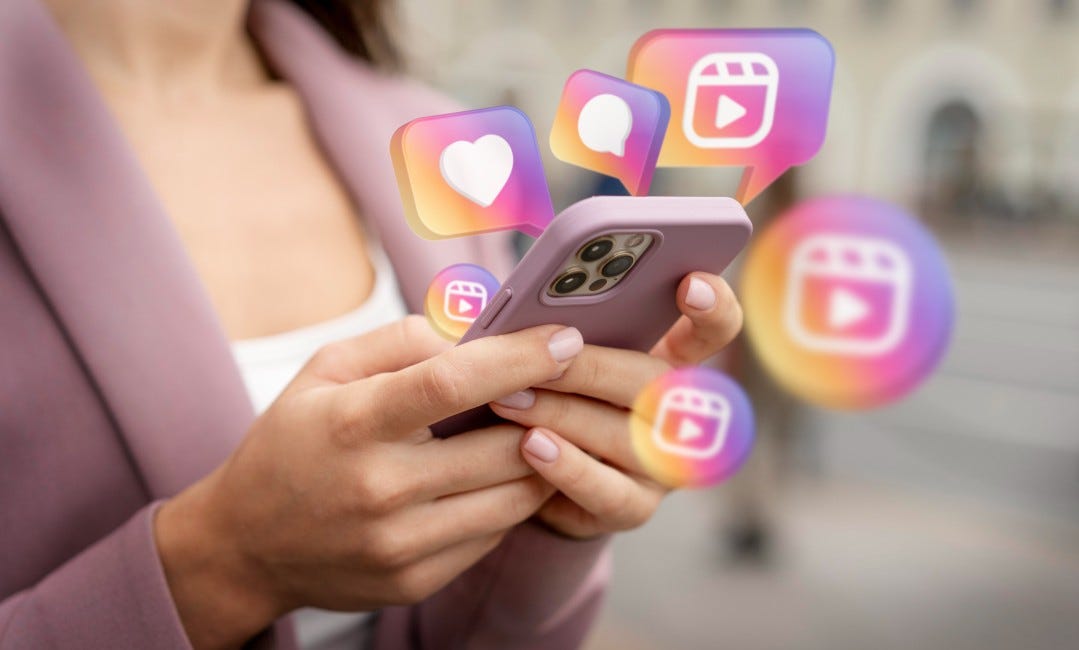How Feelings Fuel Our Shopping Habits
Understanding Emotions: The Hidden Driver Behind Our Shopping Choices
How Feelings Fuel Our Shopping Habits
Shopping is more than just a transactional activity; it’s often deeply intertwined with our emotions. Whether we’re seeking comfort after a stressful day or indulging in a spontaneous splurge during a happy moment, feelings play a pivotal role in shaping our shopping behaviors. Understanding how emotions influence our purchasing decisions can offer valuable insights into consumer psychology, helping both buyers and businesses navigate the retail landscape more effectively.
The Emotional Connection to Consumption
The idea that emotions drive shopping choices is not new. For decades, marketers have used psychological triggers to appeal to consumers' feelings. From advertisements that invoke nostalgia to product designs that promise a sense of luxury or happiness, brands understand that their customers' purchasing decisions are not just based on logical needs but also emotional desires.
At a basic level, human beings have an innate tendency to seek pleasure and avoid pain. This impulse drives many consumer behaviors. For example, when we’re feeling sad, we may engage in "retail therapy" as a way to boost our mood. The act of buying something new, whether it’s a small treat or a big-ticket item, can provide a temporary sense of happiness and relief from negative emotions.
Emotions and Impulse Buying
Impulse buying, or making a purchase without pre-planning, is often heavily influenced by emotions. A shopper may enter a store with a specific intention to buy one item, only to leave with an armful of products they hadn’t planned for. This behavior is typically fueled by feelings such as excitement, desire, or even boredom.
Consider the example of a consumer browsing through a clothing store. They may come across a vibrant, fashionable dress and feel a rush of excitement. The dress doesn’t just appeal to their sense of fashion—it taps into a deeper emotional need, like the desire to feel confident, beautiful, or admired. In that moment, the shopper may convince themselves that buying the dress is a way to enhance their self-esteem or create a positive experience for themselves.
The same emotional triggers can be found in online shopping. The ease and convenience of browsing through a website can create a sense of pleasure, which prompts consumers to click on items they didn’t intend to buy. Retailers often use techniques like limited-time offers, flash sales, or "recommendation" algorithms to create urgency or highlight products that align with a shopper’s emotional needs.
Social and Status-Driven Purchases
Another key emotion influencing shopping behavior is the desire for social approval or status. People often buy products that they believe will elevate their social standing or help them fit in with a certain group. This emotional drive is particularly evident in the luxury goods market. High-end brands like Louis Vuitton, Gucci, or Rolex are often marketed not just for their quality, but for the status they confer upon their owners.
A prime example is the phenomenon of "status signaling," where people purchase items not out of need, but to display wealth or taste. The emotions attached to these purchases are linked to pride, validation, and belonging. For instance, a person might purchase an expensive car, not necessarily because they need it, but because owning such a car helps them feel prestigious or accepted within a particular social circle. The emotional satisfaction of owning a luxury item can even surpass the practical benefits of the product itself.
Nostalgia and Sentimental Purchases
Another emotional influence on shopping habits is nostalgia. Consumers may be drawn to products that remind them of their past, evoking memories of simpler times, childhood, or a special moment. Retailers often exploit this emotional connection by releasing limited-edition products, retro-themed collections, or reboots of popular brands from the past. This creates an emotional response in shoppers who associate these products with positive memories.
For example, the return of classic video games or retro snacks often sparks a wave of nostalgia among consumers, encouraging them to buy these items as a way of reconnecting with their past. Similarly, a parent may purchase a particular toy for their child because it reminds them of their own childhood experience with that toy. In these cases, the emotion tied to the product is not about need but about reliving or preserving a cherished memory.
The Role of Advertising and Branding
Companies are well aware of the emotional triggers that influence purchasing behavior, and many employ sophisticated marketing strategies to appeal to these feelings. Advertising often leverages emotions like happiness, fear, excitement, or even sadness to create an immediate connection with consumers.
Take, for example, advertisements that use heartwarming or emotional storytelling. These ads aim to create an emotional response that lingers in the viewer’s mind, making them more likely to act on their feelings by purchasing the product. Think of the holiday commercials where families gather around to celebrate, with the brand subtly suggesting that their product will make those moments even more special. These advertisements evoke a sense of warmth and togetherness, compelling consumers to purchase in order to recreate that emotional experience.
Unify Your Online Presence: Seamlessly Link Your Socials, Website, and More!
Unify Your Online Presence: Seamlessly Link Your Socials, Website, and More!
Conclusion
In conclusion, our shopping habits are not purely rational; they are often driven by a complex mix of emotions. Whether seeking happiness, alleviating stress, fulfilling social needs, or reliving nostalgia, emotions are a central force in our purchasing decisions. Retailers and marketers who understand this emotional connection can craft more meaningful and engaging experiences for consumers, while shoppers themselves may find a deeper understanding of why they buy what they do.
Ultimately, emotions are a powerful tool in the consumer world, shaping what we buy, when we buy, and why we buy. So, the next time you make a purchase, take a moment to reflect: is it the product you're truly after, or is it the emotional payoff it promises to deliver?





